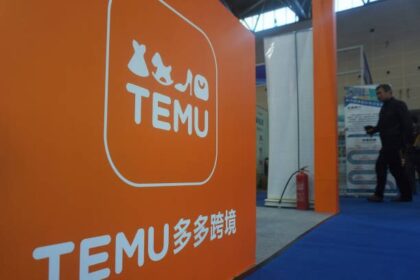The global personal luxury goods sector is experiencing a noticeable deceleration, though experts say the slowdown is far from a collapse. According to a recent report by consulting firm Bain & Company, global sales of personal luxury items—which dropped to US $419 billion in 2024—are expected to shrink by another 2% to 5% in 2025.
The report cites a complex mix of geopolitical tensions, U.S. tariffs, and waning consumer sentiment as the primary causes of the contraction. Major luxury markets like China and the United States are facing the sharpest declines. China, in particular, has seen six consecutive quarters of economic shrinkage, while U.S. buyers are growing cautious amid tariff-driven market volatility.
However, other regions are stepping up. Southeast Asia, Latin America, and the Middle East are all experiencing growth, offering some relief to luxury brands trying to offset losses in their core markets. In contrast, Europe’s luxury market is showing flat performance, with neither major gains nor losses.
Beyond external headwinds, Bain’s analysis points to internal industry flaws—such as steep price hikes and a crisis of creativity—that are increasingly alienating consumers. This discontent has been further fueled by recent Italian investigations uncovering exploitative working conditions in subcontracted factories making high-end handbags, damaging the ethical image of luxury fashion.
These challenges have created a growing divide among brands. While the Prada Group posted a 13% revenue increase to €1.34 billion in Q1 2025, Gucci suffered a 24% drop in revenue, falling to €1.6 billion in the same period.
In response, Kering, the parent company of Gucci, has appointed Luca De Meo—former CEO of Renault and a veteran of the automotive industry—as its new CEO. His leadership, coupled with newly hired creative directors across key Kering brands like Gucci, Balenciaga, and Bottega Veneta, marks a clear attempt to reinvigorate both creativity and business performance. Investors have reacted positively, with Kering’s shares rising 12% after De Meo’s appointment.
Meanwhile, luxury brands are tactically adjusting to potential U.S. tariffs by streamlining inventory and altering distribution strategies, such as shipping directly from production facilities instead of warehouses.
Despite the current dip, industry leaders remain optimistic. Matteo Lunelli, president of Italian luxury association Altagamma, noted that the sector has grown 28% between 2019 and 2024, surpassing pre-pandemic benchmarks. He emphasized the industry’s history of strong rebounds, driven by emerging markets and pent-up demand.
As global uncertainties continue, the luxury industry stands at a crossroads—caught between the weight of economic realities and the promise of creative renewal.






